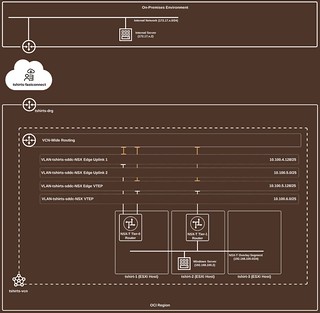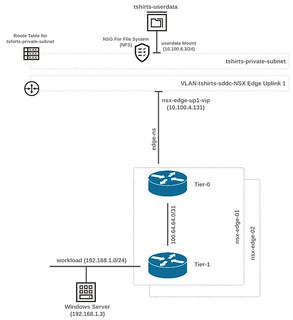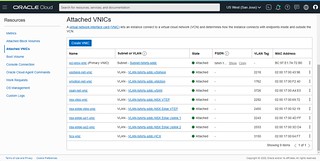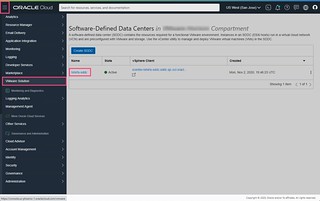Sep 27, 2021 0
Google Cloud VMware Engine @ VMworld 2021
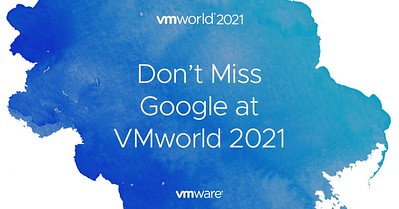 Another VMworld is upon us!!! Sadly, it’s only virtual again this year. However, that does mean you can access many of the sessions on-demand. This year, I am personally speaking in two breakout sessions, as part of a panel session and an Ask The Experts session. It’s been a fun ride trying to get all of the video content curated and edited in time.
Another VMworld is upon us!!! Sadly, it’s only virtual again this year. However, that does mean you can access many of the sessions on-demand. This year, I am personally speaking in two breakout sessions, as part of a panel session and an Ask The Experts session. It’s been a fun ride trying to get all of the video content curated and edited in time.
Google Cloud VMware Engine VMworld 2021 sessions
If you are looking from some great GCVE content, then look no further. Here is a comprehensive list of GCVE focused VMworld 2021 sessions that you should not miss.
Sessions I am a part of….
MCL1195 – Migrate Your VMware Workloads to the Cloud? Let Me Google That for You
- Are you looking to digitally transform your business but not sure where to begin? In this session, we will show you everything you need to successfully migrate and modernize your VMware workloads to Google Cloud VMware Engine. Topics will include a service overview, key use cases, migration planning, common challenges, and how you can leverage more than 140 Google Cloud services to make the most of your data and applications. You will also hear from a joint VMware/Google customer who will share their recent migration experiences.
MCL1763 – Asking Google Cloud VMware Engine Experts (almost) Anything
- Interested in learning more about Google Cloud VMware Engine? Come speak with our expert panel of Google Cloud solutions engineers and hear about some of the top questions and innovations happening today. The expert panel will be taking audience questions.
MCL3047S – Turbocharge Your Cloud Transformation with Google Cloud VMware Engine
- Google Cloud VMware Engine provides a fast, easy, and integrated way for VMware customers to adopt Google Cloud. Fast-track and future-proof your cloud transformation with a Google-managed, operated and supported cloud service. You get the latest innovations in VMware vSphere, VMware vSAN and VMware NSX-T, and can seamlessly integrate with other services, such as Cloud Operations for monitoring/logging, BigQuery for analytics, Actifio for backup, and many more. In this session, we will cover an overview of Google Cloud VMware Engine, its use cases, and all the latest innovations that deliver significant, differentiated value for our joint Google and VMware customers.
MCL1764 – Google Cloud VMware Engine in Action: Migrate and Operate
- In this session, we will demonstrate how easy it is to migrate your first workload to the cloud with just a few clicks. Through demos, we will define what you need to start, then cover how you can quickly migrate to and operationalize your environment within the cloud. See how Google Cloud VMware accomplishes this, all without re-architecting applications.
Other Google Cloud VMware sessions…. Read the rest of this entry »

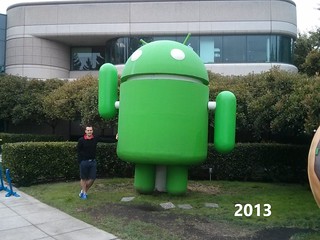

 In episode thirteen of The VCDX Podcast, I am joined by two special guests who share their experiences of defending remotely and offer up plenty of great advice on how to tailor your preparation for a remote defense.
In episode thirteen of The VCDX Podcast, I am joined by two special guests who share their experiences of defending remotely and offer up plenty of great advice on how to tailor your preparation for a remote defense.
